For a brief while the capital-light Uber model was touted as the “future of everything”.
Retailers, like incumbents in other industries, fretted about how their traditional supply chains might be torn apart by “on-demand” services that use mobile technology to allow consumers to summon up grocery deliveries, minicabs, fast food meals, home cleaning or any other instant wish.

Uber-like business models are indeed scaling up fast at some tech companies like Airbnb for short stays, Postmates for courier services and TaskRabbit for errands. These companies facilitate the matching of supply and demand, and in doing so promise to be more convenient, eliminate the cost of unproductive capacity and offer lower prices.
But Uber’s success was, in some ways, unique. In many cities it attacked cartels that were protected by regulation and cared little about customer service or efficiency.
End-to-end control
Is retail like that? In most cases, no, which may explain the slowing of growth at US grocery delivery service Instacart. Delivery charges have recently been raised, and while grocery retailers such as Safeway, Kroger or Whole Foods have contributed fees for the additional business, these have not covered costs.
Meanwhile, Amazon Fresh is going down the “capital-heavy” route of adapting warehouses to store fresh food, and adding fleets of trucks (or even drones) to deliver to door. Amazon risks still being in trial in a handful of cities while Instacart’s lightweight model builds a brand across the US and potentially internationally. But Amazon is playing the long Game, reckoning that end-to-end control of the process coupled with huge scale will ultimately enable them to deliver quickly, cheaply and to customers’ satisfaction.
Human contact
Elsewhere, other retailers are choosing to invest in owning more of the chain. The last mile is becoming a battleground not only for cost and speed, but also for brand building. When all other contact happens through an automated interface, a cheery driver who willingly bounds up your flights of stairs can make all the difference. Not just the big grocers and Ocado, but also Argos and Deliveroo, are making a virtue that it is their own employees who maintain that human contact.
“The last mile is becoming a battleground not only for cost and speed, but also for brand building”
Michael Jary, OC&C Strategy Consultants
At the other end of the chain, upstream vertical integration can lock in unique product, in a world where pretty much everything is instantly available. Inditex’s factories enable it to whisk fashions from catwalk to shelf within a couple of weeks. DFS sources a portion of its sofas from its UK factories, giving consistent quality at short lead times. Amazon now creates its own television content, such as its Jeremy Clarkson show, to build loyalty to its Prime bundle. And Card Factory found no suppliers that could produce the range of low-priced cards that it needed to support its high-volume retail model. Its solution: do it yourself.
Capital-light and vertically-integrated models will continue to battle each other. No single model, whether Uber’s or any other, will dominate competition. What is common to success is the choice of which assets are strategically critical to own, and which are not.
- Michael Jary, partner, OC&C Strategy Consultants




















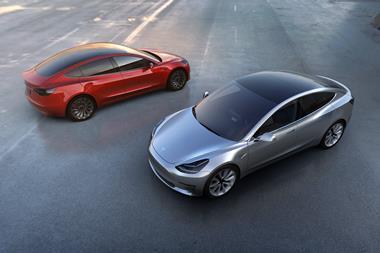
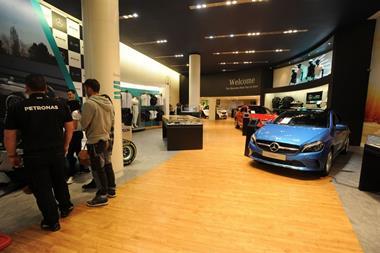
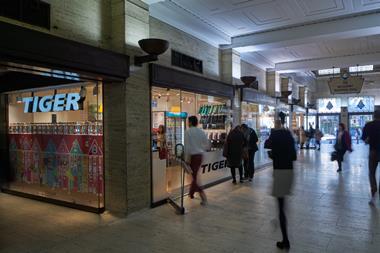
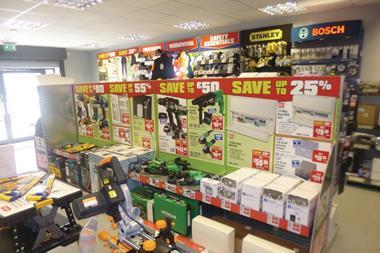

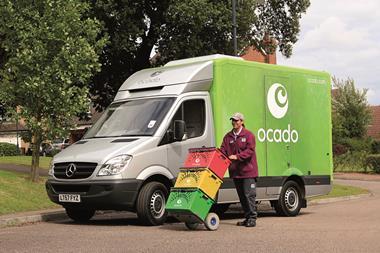
1 Reader's comment